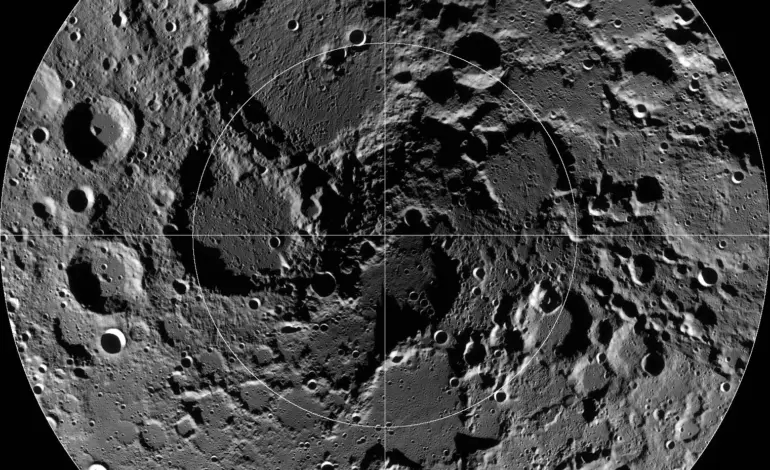Astronomers Uncover the Moon’s Age and Future Trajectory

Understanding the age of celestial bodies, such as the Moon, has been a significant focus for astronomers. Recent research reveals how crater counting techniques, combined with data from the Apollo missions, have provided insights into the Moon’s history and its gradual movement away from Earth.
Crater Counting: A Window into the Moon’s History
Astronomers employ a technique known as crater counting to estimate the ages of planetary surfaces. This method operates on the principle that celestial bodies like the Moon and Mercury, which lack geological activity, preserve craters formed by impacts. Unlike Earth, these surfaces do not experience erosion, ensuring that craters remain visible for billions of years.
Craters accumulate over time, with regions showcasing a higher density of craters typically being older. For example, while the Moon’s dark basins, or maria, have fewer craters and are therefore younger, the lighter highlands are more heavily cratered, indicating an older surface. This comparative approach allows scientists to gauge relative ages across different celestial bodies.
The Apollo missions, which returned lunar rock samples to Earth, have been pivotal in determining the Moon’s absolute age. Utilizing a technique called radiometric dating, scientists analyze the ratios of radioactive elements within these samples. This method enables them to calculate the ages of various lunar regions with remarkable precision.
Significantly, the Apollo 11 landing site near the Sea of Tranquility has been dated to just over 3.5 billion years, while some highland areas may be as old as 4 billion years. In contrast, younger features, such as the Copernicus and Tycho craters, are less than 1 billion years old, with the Giordano Bruno crater being the youngest at approximately 4 million years old.
Understanding the Moon’s Recession
The Apollo missions further shed light on the Moon’s gradual recession from Earth. This phenomenon was first hypothesized in the early 1800s by Sir Edmund Halley, who examined ancient eclipse records to conclude that the Moon has been slowly moving away. The current understanding attributes this movement to gravitational interactions, particularly the tidal forces exerted on Earth.
In 1962, James Faller, a graduate student at Princeton University, proposed the installation of laser reflectors on the Moon’s surface. This innovation allowed for precise measurements of the distance between the Earth and the Moon by bouncing lasers off these reflectors. As a result, scientists have established that the Moon is receding at an average rate of 3.8 centimeters per year.
Over millions of years, this gradual separation will have a considerable impact. In a few hundred million years, the combined effects of the Moon’s distance and the Sun’s increasing brightness will make total solar eclipses impossible. Therefore, current generations are encouraged to appreciate these astronomical events while they remain a regular occurrence.
The integration of crater counting and data from the Apollo missions not only enriches our understanding of the Moon’s past but also allows astronomers to calibrate ages for other celestial bodies, such as Mercury and Callisto. Through these advancements, the legacy of the Apollo missions continues to inform our comprehension of the solar system’s history and the future of its celestial objects.






